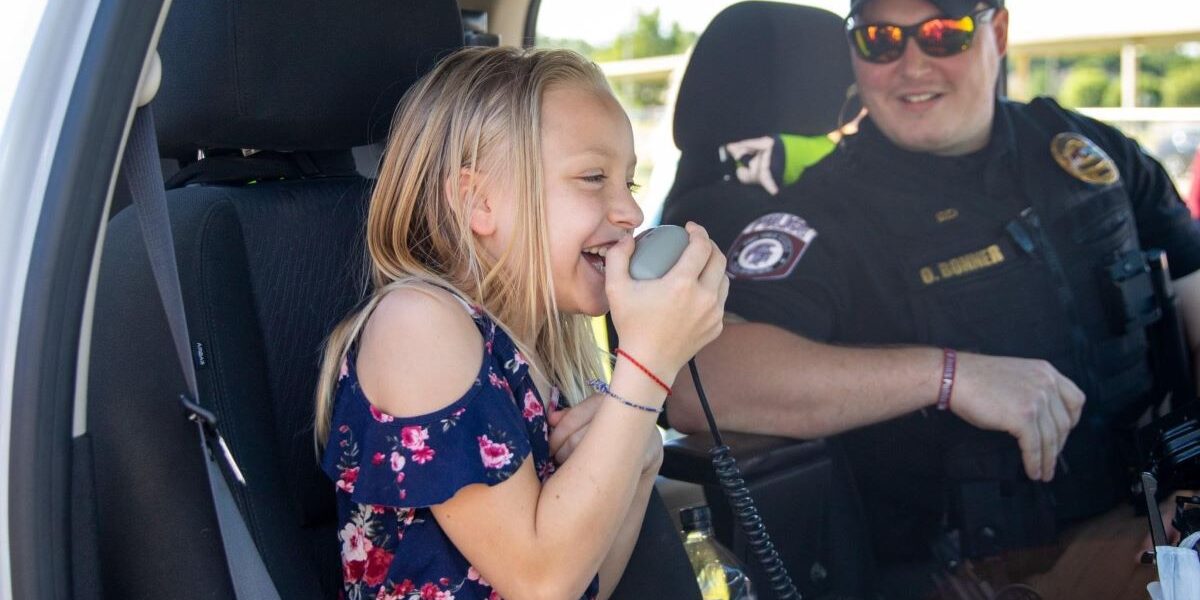Schools and educational venues are not immune from violence. This violence can range from your “typical” schoolyard brawls to, on the other end of the spectrum, acts of mass violence that result in massive loss of life and dominate the headlines for months to come. Research shows that this violence occurs on a spectrum (National Center for Education Statistics at IES, July 2022) – not all acts of violence are created equal or have the same impact. However, seventy percent of schools reported at least one violent incident during the school year, with untold ripple effects on the mental and physical health of the students, staff, and communities surrounding them.
At the far end of this spectrum are active shooter events (i.e., where one or more individuals actively engaged in killing or attempting to kill people in a populated area). An FBI analysis of active shooter incidents in the United States in 2022 found that reflecting wider cultural trends of active shooter events across various American venues, educational settings are now one of seven categories “where the public was most at risk” [for an active shooter event]. This is based off an analysis of 50 active shooter incidents, in which four took place at educational venues, resulting in the deaths of 23 people and the wounding of 29 people (Federal Bureau of Investigations and Advanced Law Enforcement Rapid Response Training , 2023).
Research on averted and completed school attacks (Langman & Straub, 2019) identifies patterns, events and circumstances preceding these tragic events and suggests that there are opportunities for intervention and prevention. In most completed attacks, people knew something was wrong, but they did not know who to tell, how to tell them, or how to intervene. In fact, in the 2021 Averting Targeted School Violence report by the U.S. Secret Service analyzing plots against schools, researchers found that “in nearly all (94%) of the cases, the plotters shared their intentions about carrying out an attack targeting the school in various ways, including verbal statements, electronic messaging, and online posts.”
While more Americans have become aware of the warning signs for violence, we still lack a clear and comprehensive system or safety strategy for preventing targeted violence in America’s schools.
In response to the lack of a standardized action to prevent targeted school violence, the National Association of School Resource Officers (NASRO) in partnership with school safety experts across the country and through funding provided by the U.S. Department of Justice, Office of Community Oriented Policing Services developed Project Unite: The Four Integrated Systems for School Violence Prevention. The goal of this training is to equip school and law enforcement officials with step-by-step guidance for implementing a standardized approach informed by federal recommendations, research, and community policing principles to stop acts of violence before they occur.
When we refer to violence prevention, we are not just discussing incidents of mass violence. Rape, assaults, robberies, or even suicides or self-harm on campus or among a student population have long lasting impacts on the mental health of students, staff, and affected communities for years, if not generations, to come. Schools are a diverse representation of the communities they serve, which means the threats of violence are also unique to each system, influenced by socioeconomics, location, culture, size, access to mental health resources, and more.
Limitations of a Single-Disciplinary Approach
When we place the burden of keeping a school safe on a single individual – a school resource officer, for example – or a single security feature, such as metal detectors, opportunities to create a safer environment for students and staff and to identify threats to said environment are missed entirely. School safety is everyone’s responsibility and all stakeholders – from staff to students – have a role to play in keeping their schools safe. When we begin to approach school violence prevention with a “team mindset,” we become much more effective. School employees, including teachers, administrators, school resource officers, nurses, coaches, and more become reactive to signs that an act of violence may occur. Schools that have budgetary limitations that might prevent them from obtaining the latest in security technology or from having a full-time SRO on staff will still have trusted adults on staff who are trained and well-versed in violence prevention.
As a part of that mindset shift, students and adults must know what to do with information that is pertinent to school safety instead of information being lost in the abyss until after an act of violence has occurred. By creating standard protocol, “red flag” behaviors become a call to action, instead of another missed opportunity for intervention. Students and trusted and trained adults are empowered to take steps toward violence intervention and become active touchpoints for violence prevention.
Since the Columbine High School massacre, it has become best practice for law enforcement agencies to take this “team approach” when they partner with school officials, mental health practitioners, and community leaders to improve our nation’s response to school shootings (Blair et al., 2013; Elliott, 2009; Frazzano & Snyder, 2014). Project Unite takes this concept a step further, making trained and equipped multidisciplinary school safety teams the standard protocol for violence prevention, regardless of whether they have a SRO or law enforcement presence on their campus. Providing this training to multidisciplinary teams – to include school-based law enforcement, one or more school administrators, school mental health professionals, and may also include other law enforcement or school safety professionals working in a school or school district, a school nurse, and/or an educator or coach – will empower staff members to become active touch points for violence prevention in the educational system through a proactive methodology instead of policy and procedure created around reacting once violence has already occurred.
Project Unite: Four Key Systems of School Violence Prevention
Project Unite trains multidisciplinary teams with the goal of creating climates of safety, respect, and emotional support as they work together in a cohesive unit. Teams will also be able to enhance their school violence prevention strategies and have a clear call to action when signs of potential violence are identified.
In the development of the course, there was a focus on making the training scalable and accessible for all school district/law enforcement agency types. Schools are diverse microcosms of the communities around them, and any approach to school safety and violence prevention has to be able to be replicated across a diverse array of educational environments. A unique aspect of Project Unite is that it is not a “one-size” fits all approach, as NASRO recognizes that different schools and agencies have different resources, different issues, and varying community support.
There is value in a comprehensive and collaborative approach to school safety and violence prevention. When students and staff are empowered to take ownership of their ability to stop violence before it occurs, they can thrive in a positive school environment without fear. As more educational leaders adopt this mindset shift, we hope to see the data reflect positive change and the news pundits at a loss for words. Preventing violence in schools is not a lofty, unobtainable goal – it is instead of the most critical importance. All students deserve to feel safe in schools, a mission the National Association of School Resource Officers has been working towards since 1991. NASRO proudly serves as the gold standard for training for school safety stakeholders.
For more information on how to host a Project Unite at your school or to attend a Project Unite training with your multidisciplinary school safety team, please visit www.nasro.org.






